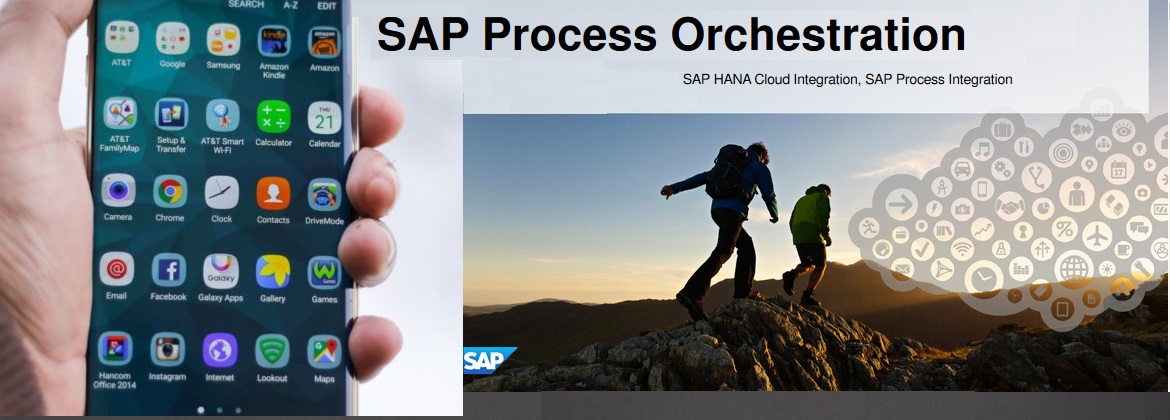Model, implement, integrate, and monitor custom process applications and integration scenarios, quickly and flexibly. By creating more streamlined, adaptable processes, you can innovate faster and be more responsive to changing business demands.
SAP Process Orchestration – This is the combination of SAP Process Integration (as above), SAP Business Process Management (used to create workflows between people and systems), SAP Business Rules Management (used to enable user defined business logic required in any business process e.g. sign off limits). It also has lots of helpful technical components like the Composite Application Framework (for creating data persistency), Enterprise Content Management (used for document management) and a light weight version of SAP Portal capabilities (used for role based access to content), all only running on the SAP Java Stack.
Simply put, SAP Process Orchestration encompasses all the tools you need to create business logic, applications and integration required to plug any gaps between your IT systems – an on-premise Extension Platform
Manage business rules that automate decisions and enforce policies. Integrate processes that can reliably exchange information across distributed SAP and non-SAP applications.
Implement processes across applications and businesses
Exchange information reliably, across distributed applications, and with business partners. Support application-to-application and business-to-business integration and electronic data interchange using standards-based integration functionality.
Benefit from decision gateways and business rules
Use business rules to automate decisions related to processes or integration scenarios and change established rules without requiring assistance from IT.
SAP Process Orchestration can be deployed by installing or adding the corresponding usage types to an existing SAP NetWeaver system. SAP Process Orchestration runs on one system. Deployment on more that one system is not supported.
1 .SAP Business Process Management (BPM) manages processes and process operations.
2 .SAP Process Integration (PI) is used for technical integration in order to manage the different technologies in the sub-systems and link them together.
3. SAP Business Rules Management (BRM) is a component which can model cross-system business logics centrally.


